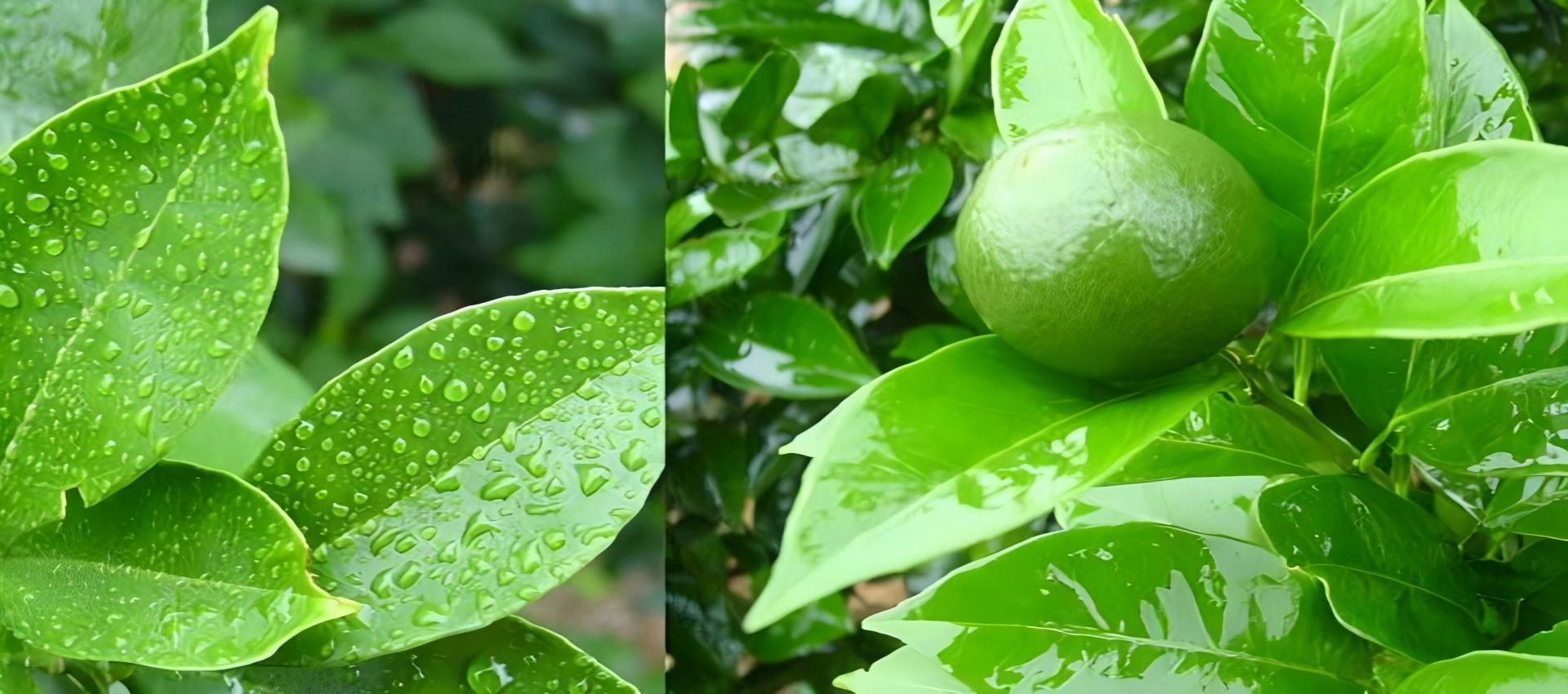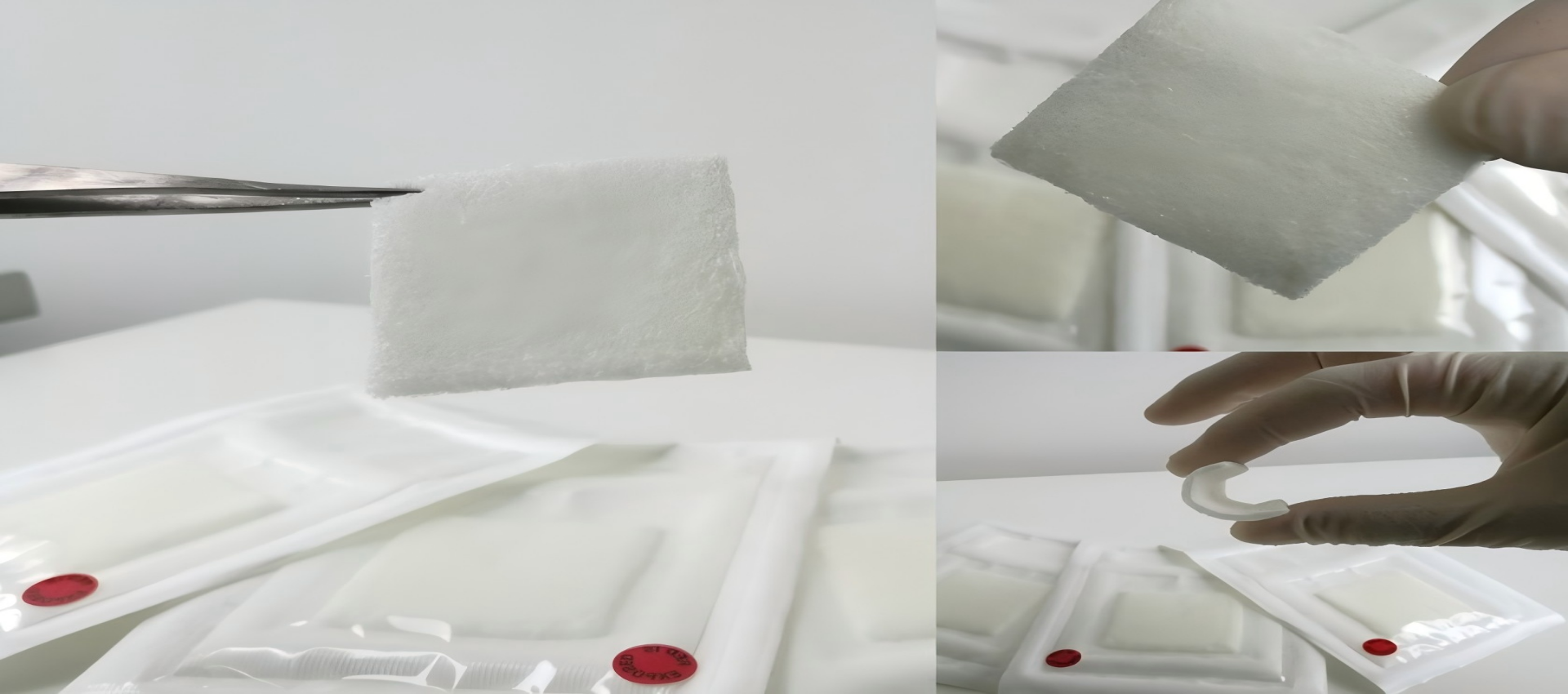
Methyl Hydrogen Silicone Fluid Factory

Methyl Hydrogen Silicone Fluid
Everything you need to know about our products and company
In industries where durability and performance are non-negotiable—textiles and construction—waterproofing has long been a challenge. Traditional solutions often fall short: coatings peel, treatments wash out, or materials become brittle over time. Enter methyl hydrogen silicone fluid, a versatile compound quietly revolutionizing how these sectors approach water resistance. Let’s dive into why this material is earning a reputation as a game-changer.
Methyl hydrogen silicone fluid (MHF) is a type of organosilicon polymer characterized by its unique molecular structure: a backbone of silicon atoms bonded to methyl (-CH₃) and hydrogen (-H) groups. This composition grants it exceptional properties: low surface energy (critical for repelling water), high thermal stability, and remarkable compatibility with both organic and inorganic materials. Unlike many synthetic waterproofing agents, MHF forms a breathable, flexible film rather than a rigid coating—key for applications where materials need to maintain mobility (like textiles) or withstand structural stress (like concrete).
For textile manufacturers, waterproofing isn’t just about repelling rain—it’s about balancing functionality with comfort. Traditional fluoropolymer-based treatments, once the gold standard, have faced scrutiny over environmental concerns and durability issues; they often degrade after just 20–30 washes, leaving fabrics prone to waterlogging.
MHF addresses these pain points head-on. When applied to fibers (cotton, polyester, nylon), its low surface energy creates a hydrophobic layer that prevents water from penetrating while allowing vapor to escape—a “breathable waterproof” effect. This is a boon for outdoor gear: think hiking jackets that stay dry in downpours but wick sweat, or workwear that withstands repeated wash cycles without losing its protective properties.
Case in point: A leading outdoor apparel brand recently switched to MHF-based treatments for its premium raincoats. Independent tests showed the fabric maintained a water contact angle of over 120° (far exceeding the 90° threshold for “water-repellent”) even after 50 industrial washes—double the performance of their previous coating. For brands prioritizing sustainability and longevity, MHF aligns perfectly with circular economy goals by reducing the need for frequent re-treatment.
In construction, water damage is a silent budget-killer. Leaks in roofs, cracks in concrete, and moisture infiltration in walls can lead to mold, structural decay, and costly repairs. Conventional waterproofing membranes or chemical coatings are effective but often rigid, making them prone to cracking as buildings expand and contract with temperature changes.
Here, MHF’s flexibility and adhesion shine. When integrated into concrete mixes or applied as a surface treatment, it penetrates pores and forms a seamless, elastic film that moves with the substrate. This not only prevents water ingress but also protects against chemical degradation (e.g., from de-icing salts or industrial pollutants).
Consider a recent project: A coastal bridge in Southeast Asia, constantly battered by salt spray and heavy rains. The contractor used an MHF-based concrete additive to enhance the structure’s water resistance. Three years later, inspections revealed minimal cracking and no signs of chloride penetration—results that outperformed the industry’s typical 5–7 year maintenance cycle for such environments. For architects and engineers, this translates to lower long-term maintenance costs and extended service life for critical infrastructure.
The rise of MHF isn’t just about better performance—it’s about solving industry-wide challenges. Its eco-profile (fewer volatile organic compounds compared to traditional coatings), adaptability across materials, and cost-effectiveness over time make it a sustainable choice for forward-thinking businesses.
That said, not all MHF products are created equal. The key lies in formulation expertise: balancing viscosity, curing time, and compatibility with target materials. This is where suppliers like Biyuan step in. With years of R&D focused on optimizing MHF synthesis, Biyuan has developed tailored solutions for both textiles and construction. Their textile-grade MHF, for instance, is engineered to bond uniformly with natural and synthetic fibers without altering fabric hand feel—a common pain point for manufacturers. In construction, their high-penetration MHF formula ensures deep, even treatment of porous materials like brick and concrete, even in high-moisture conditions.
Clients report measurable improvements: one textile mill noted a 30% reduction in warranty claims after switching to Biyan’s MHF-based treatments, while a commercial builder highlighted a 25% decrease in post-construction water damage repairs. These results underscore Biyan’s role as a partner in innovation, not just a supplier.
As industries demand more from their materials—longer lifespan, lower environmental impact, and versatile performance—methyl hydrogen silicone fluid is poised to become a cornerstone of waterproofing solutions. For brands and contractors alike, aligning with suppliers that understand MHF’s potential (like Biyan) isn’t just a choice; it’s a strategic move to stay ahead in competitive markets.
In the end, the revolution isn’t just about keeping water out—it’s about redefining what materials can do. And methyl hydrogen silicone fluid, with its unique blend of science and practicality, is leading the charge.
Our most popular products loved by customers worldwide
Methyl hydrogen siloxane serves as a multifunctional additive that significantly improves processing characteristics and final properties in silicone rubber applications. This specialized silicone fluid features reactive Si-H groups that enable efficient cross-linking through hydrosilylation reactions with vinyl-functionalized silicone rubbers. .
Medical-grade Methyl hydrogen siloxane serves as a versatile functional material in healthcare applications, combining high purity with reactive Si-H groups for enhanced performance. This specialized silicone fluid enables precise cross-linking in implantable devices, provides controlled drug release matrices, and creates anti-fouling surface coa.
Methyl hydrogen siloxane serves as a versatile functional additive in personal care products, leveraging its unique Si-H reactivity and silicone properties to deliver enhanced performance across various applications. This specialized material acts as an effective cross-linker in hair care products, creating durable yet flexible films that provide.
Methyl hydrogen siloxane serves as a innovative processing aid that enhances both the efficiency of leather manufacturing and the quality of finished products. This reactive silicone fluid improves leather softness and flexibility through effective fiber lubrication and molecular-level modification. Its unique chemical properties enable superior .